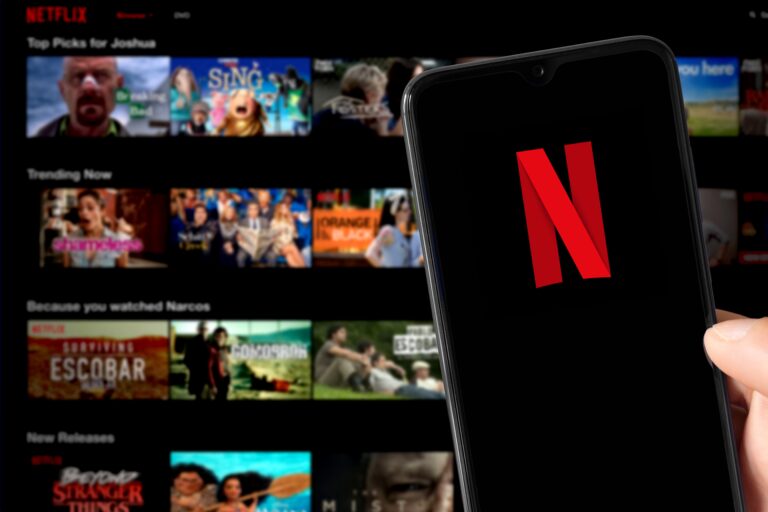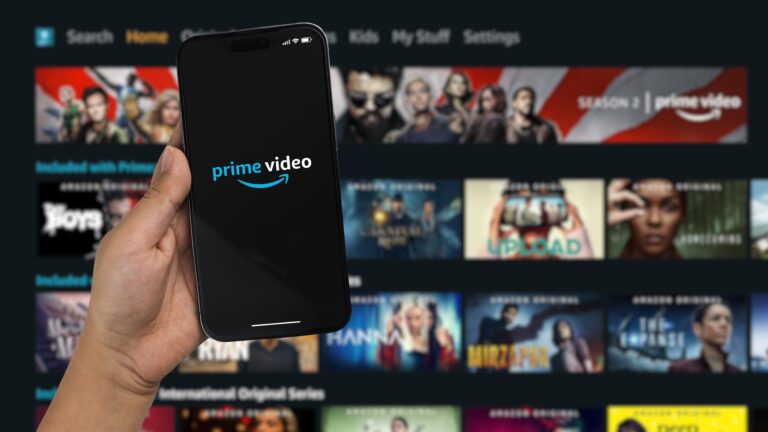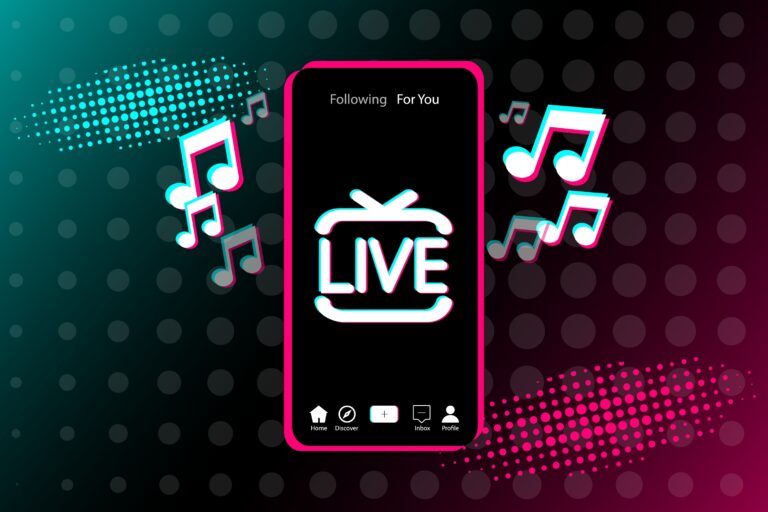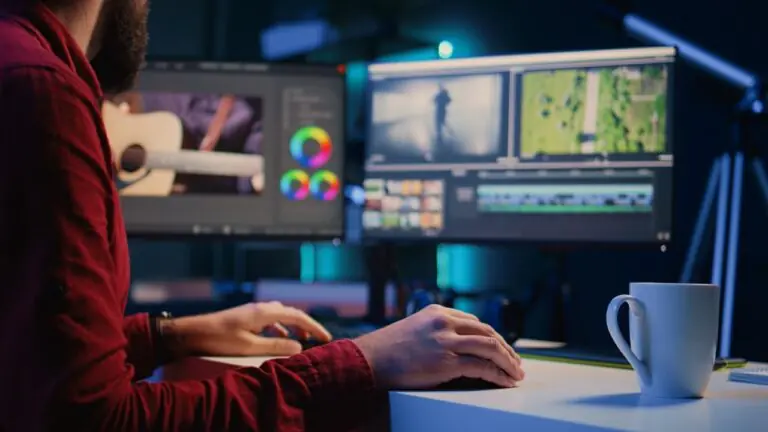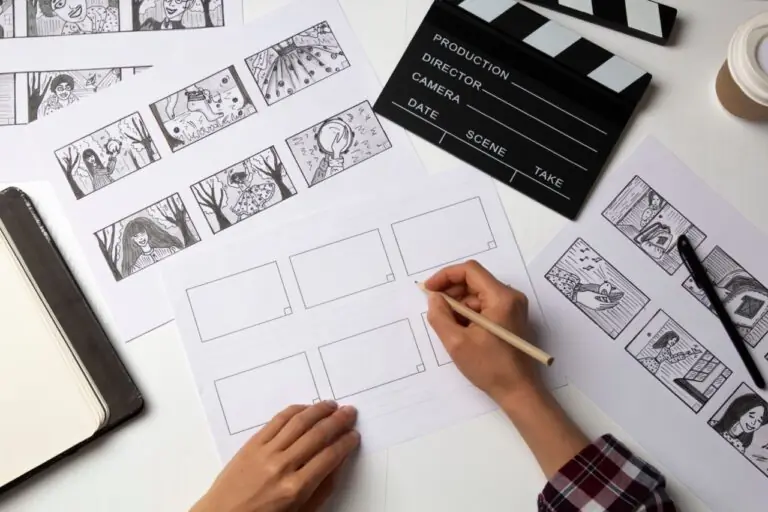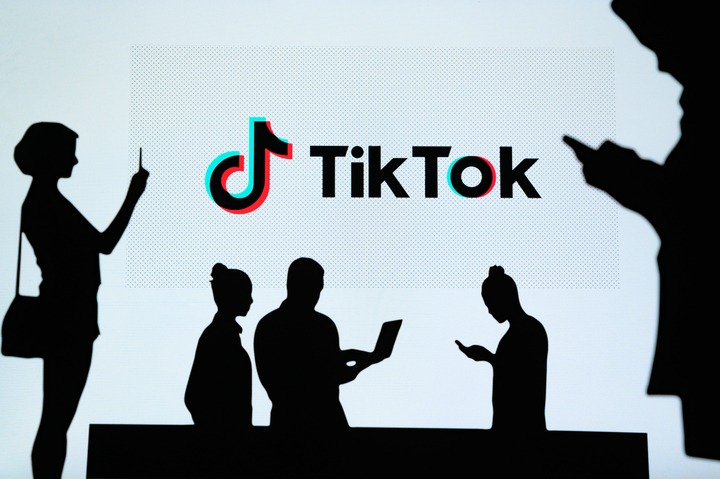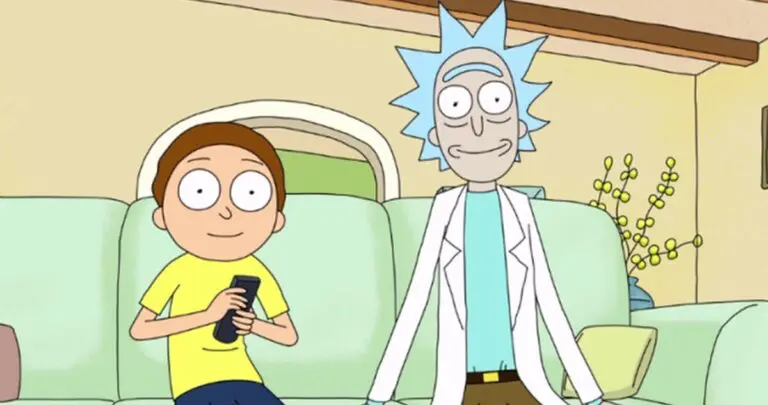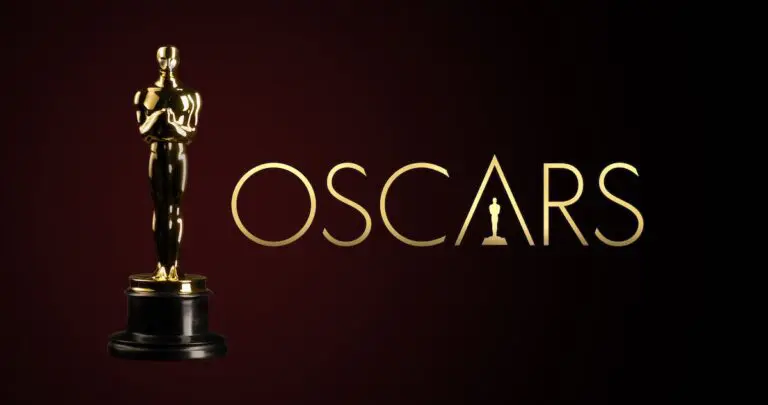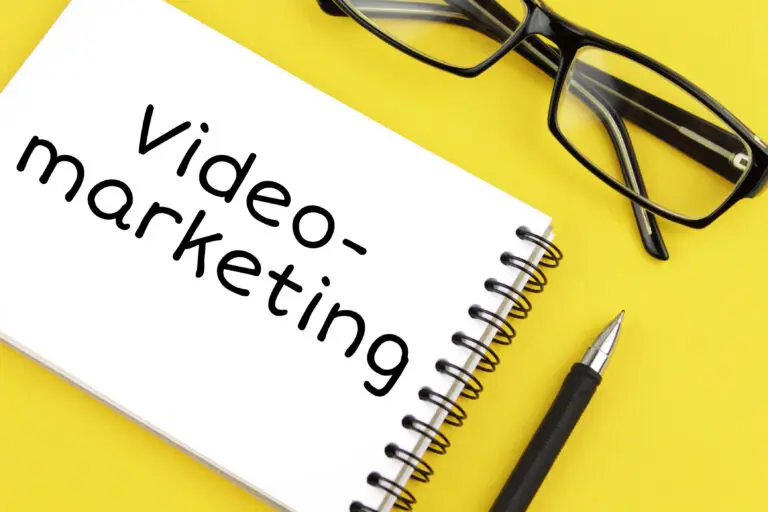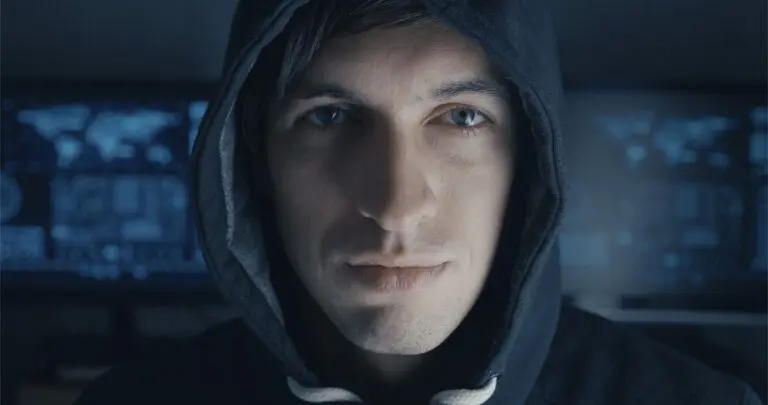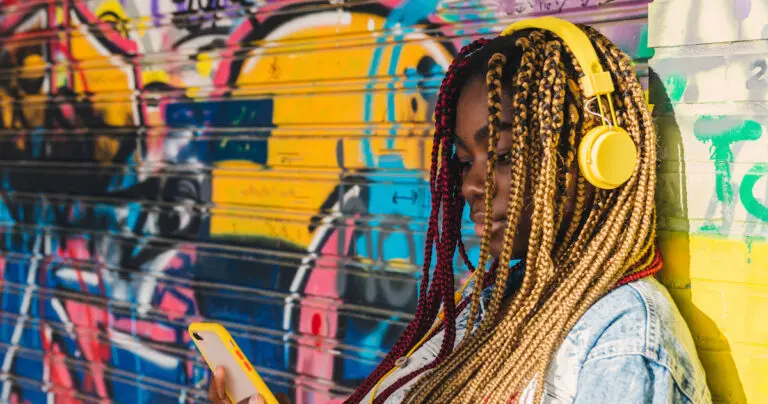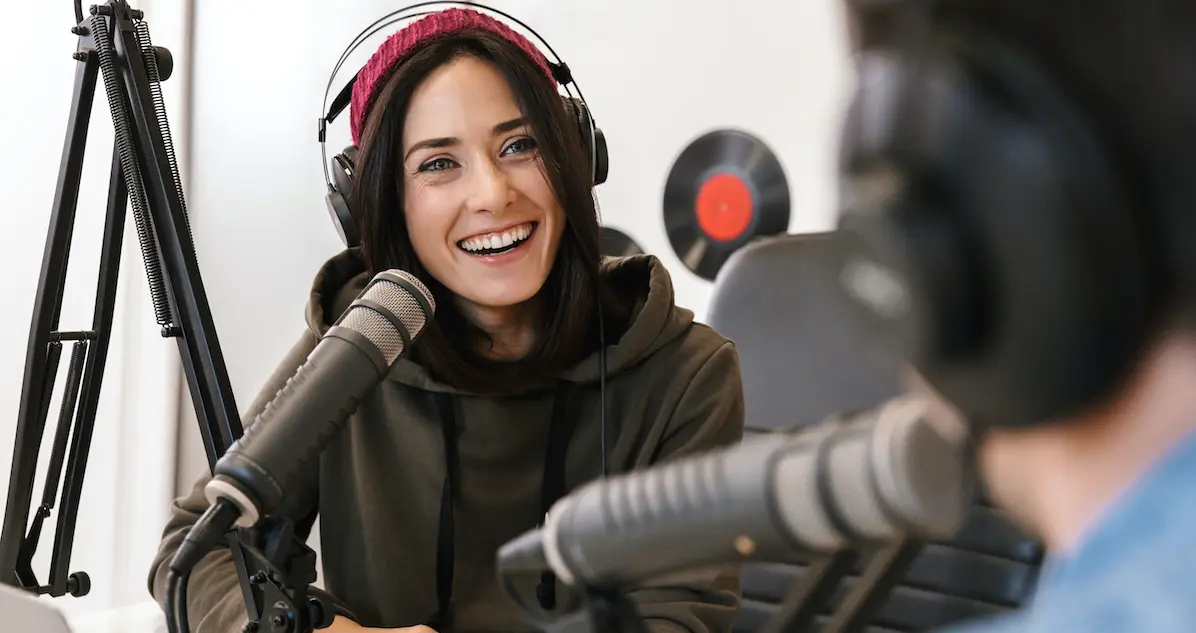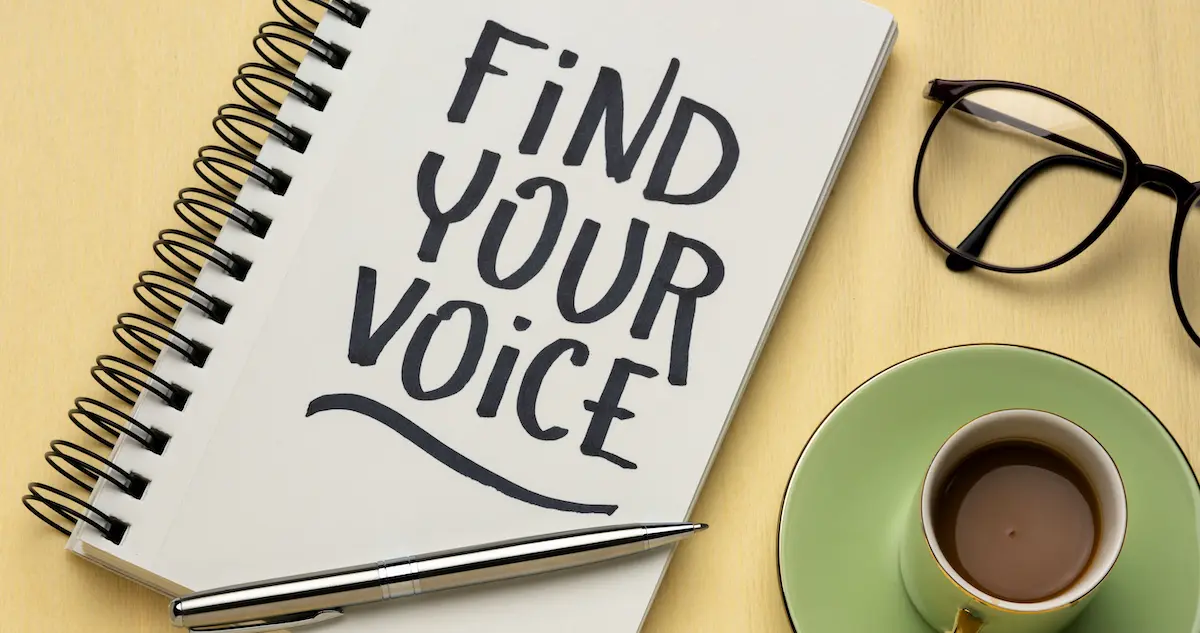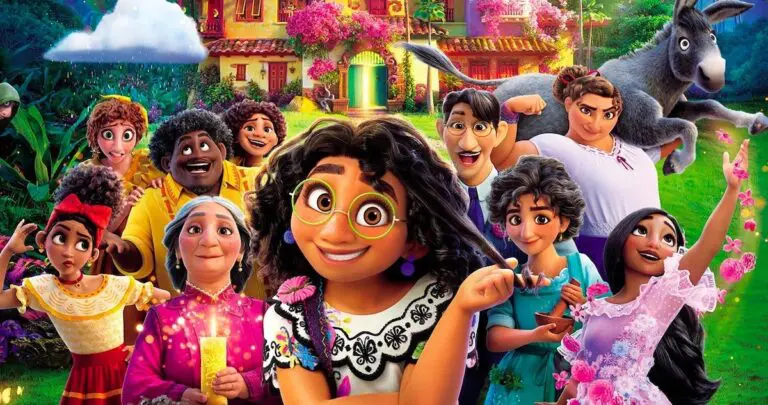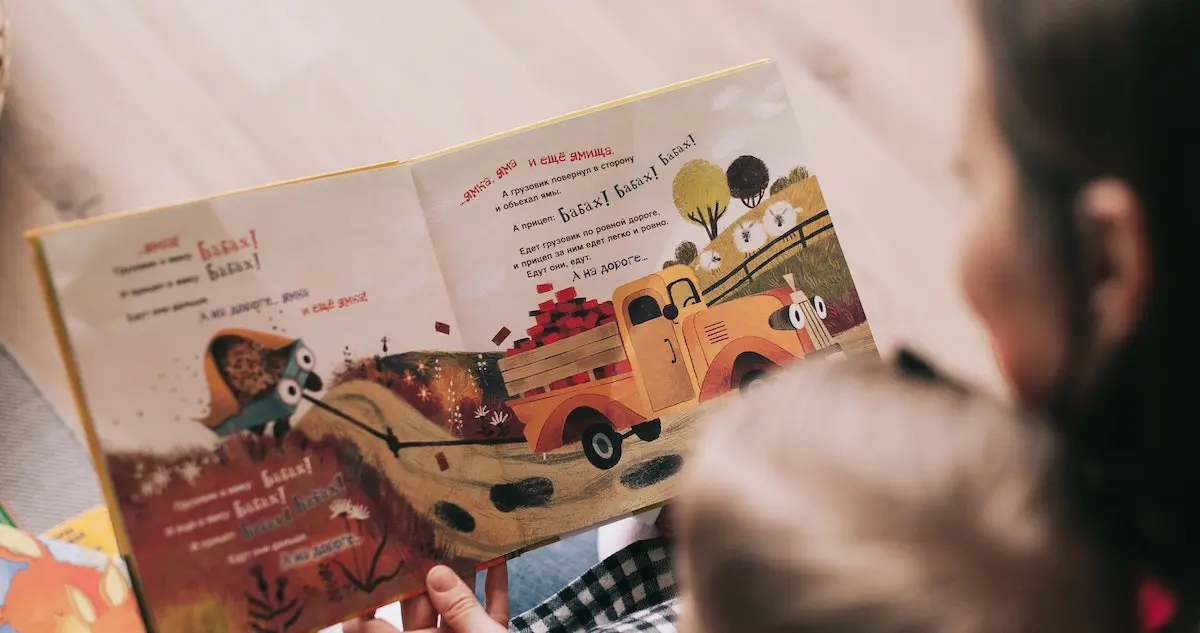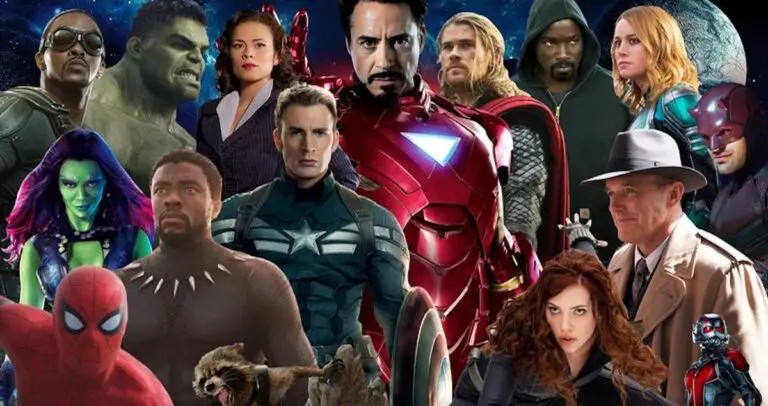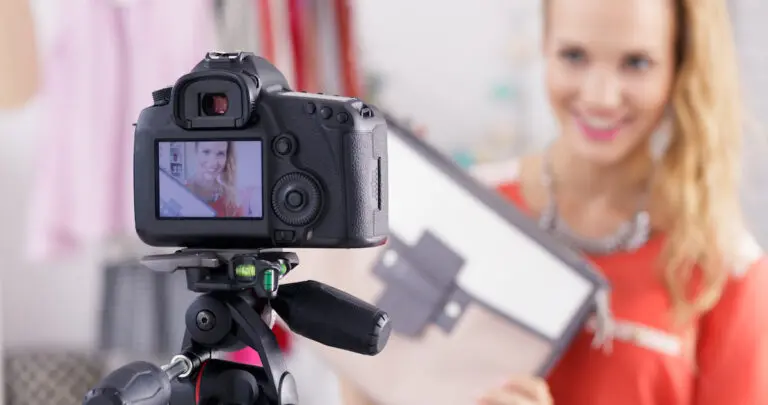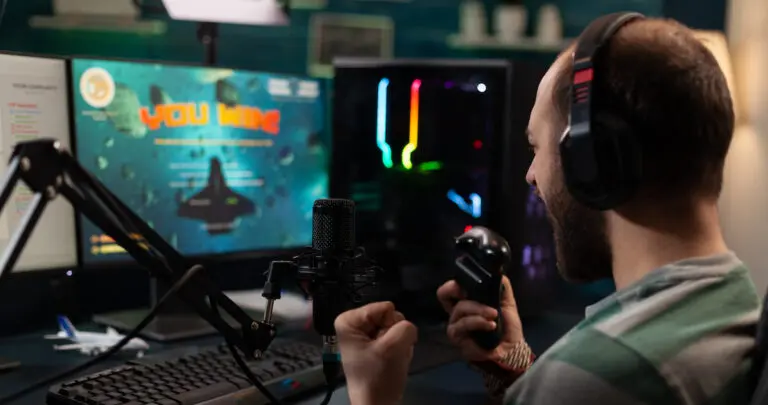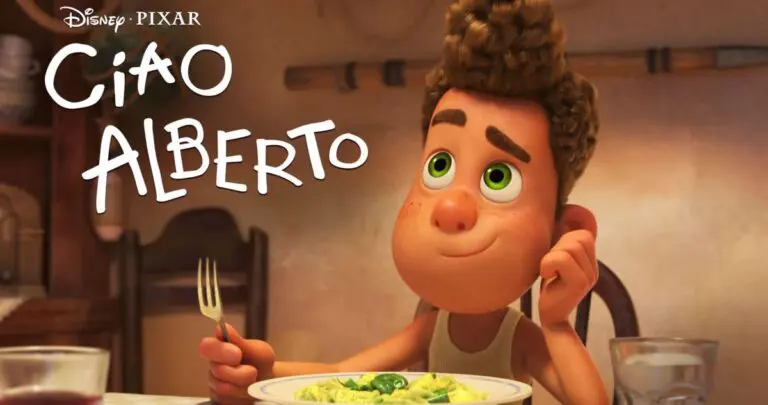How to tell a story that captivates audiences is a hot topic of conversation because the greatest marketing strategies always start with a convincing story! Have you ever wondered why some classic stories often end with “…and they lived happily ever after”? It’s a storytelling standard. People relate to stories with happy endings. A catchy storyboard idea, an entertaining anecdote, persuading someone, or inspiring your team.
But where do voice overs fit into storytelling techniques? Think of how much more powerful a product review video would be if Mark Hamill’s Joker talked customers through the process. Or if a Captain Jack Sparrow soundalike spoke to audiences in an eLearning explainer video. Yo-ho-ho, it’s a student’s life for me...
Due to the fact that a professional voice over brings a story to life by making the emotional, funny, persuasive, even angry moments stand out! Let’s take a closer look at how to tell a story, what’s involved in the art of storytelling with voice overs, and storytelling techniques you can use in your next project.
How to tell a story
Telling a story is like an artist painting a picture. An artist starts a painting with a vision. The artist then uses creativity and technique to bring it to life. Storytelling is no different. You can tell a story by starting with a vision or plot. You then use creative techniques such as character development and location to bring that story to life. Using voice actors is an added way to highlight the story’s core benefit to audiences.
When you tell a story, you aren’t just describing what happened when you spilled red wine on someone’s white shirt. Or the idea you’ve created for a client’s next video strategy. Above all, you’re telling the listener about the emotional impact of that moment. You’re relating how it affected you, how you reacted, and what the outcome was.
3 key points to tell a story
- Firstly, create the story’s vision: It starts with writing a plot that gives the story aim. This is something Starbucks gets right in their Starbucks; every name’s a story video that is the winner of the Diversity in Advertising Award 2019. The video shows customers why Starbucks writes their name on a cup because calling it out is a small gesture that symbolizes its core value; sharing a warm welcome.
- Secondly, develop the characters with realistic qualities: Your story needs characters that people relate to. Notice how the Adidas ready for sport video uses real social feeds and footage from athlete accounts to draw attention to real people who use the brand.
- Thirdly, choose the right location: The location can influence the story’s background, like Heinz’s ketchup video created by singer Ed Sheeran. The place is a super posh restaurant that forms the basis of the video; Heinz ketchup is an integral part of even the fanciest meals.
So, a story with a purpose, relatable characters, and the right location could be about anything. From how amazing a car polish is to how your life will change if you buy this smartwatch. But the real art of storytelling lies with the added element of voice overs.
The art of storytelling
The art of storytelling is telling a story in a way that captives and appeals to an audience. It’s not just about related events, going from A to Z, or a bunch of random words thrown together. This often includes catchy visuals or powerhouse narration to make the story unforgettable to users.
Think of a story you remember. Were you settled around a crackling fireplace? Or maybe you were listening to your grandfather recount stories of the good ole days with the smells of grandma’s apple pie still lingering in the air. How did you feel? You might not remember every aspect of the story, but it was special because of how the teller related it and how it made you feel. And that’s what stuck with you all these years. But what storytelling techniques can you follow to recreate those feelings in your audience?
3 Storytelling techniques to tell a story that…
1. Appeal to the emotions
Sadness, warmth, happiness, and hope are universal human emotions. Thus, when they’re combined with visual storytelling elements like colors, composition, story development, and background music, these emotions can prompt audiences to a specific action. Just think of what makes Tom Hanks’ Mom says life is like a box of chocolates scene in Forrest Gump so remarkable. Sitting on a bench wise beyond his years, his voice makes you realize that life is unexpected, and though you don’t know what cards life will deal you with, that’s still perfectly okay.
2. Use a professional voice actor to tell the story
An incredible voice actor can do more than just read words. They can accentuate a brand’s message by adjusting their tone, pitch, or pace. The Alexa Loses Her Voice Amazon video is an excellent example of vocal power. When the Alexa voice over is no longer available, Amazon switches to plan B – a Gordon Ramsey voice to assist cooks and even a Dr. Hannibal Lecter voice over by Anthony Hopkins. The video demonstrates the functionality of voice overs in a fun, relatable way. So using a voice over paints a picture with words that helps customers to envision why they need your product and how it can improve their lives.
3. Keep it concise
If Instagram stories or TikTok videos have taught us anything, it’s that you don’t need hours to tell a compelling story. So, when working on your own story, try to make it as concise as possible. Why waste a minute on something that you could say in 10 seconds? Consider how the British Heart Foundation paints a moving picture of heart disease in less than a minute. The video draws on the seriousness of the condition using a brief dialog to capture the special relationship between a father and son.
What is visual storytelling?
Visual storytelling uses visual media like video, illustrations, and images to tell stories that engage audiences. Music, sound effects, graphics, and voice overs can further enrich these visuals, drive emotion, and motivate audiences to action.
Visual storytelling technique 1: Use visual symbols to convey context
Visual storytelling sets the tone of attention-grabbing interest. Think of how a clock automatically represents time, but dark clouds usually indicate stormy times are on the horizon. So use dynamic visual symbols to tie your business story to customers. Focus on what your business provides. What problem are you trying to solve? What are customers’ pain points? How have other solutions failed? Now use those ideas to complete the following structure:
If my customer suffers from _____, it makes them feel ____, they’ve tried ____, and it doesn’t work. So my product is the solution!
Visual storytelling technique 2: Create visually strong and relatable characters
Who doesn’t like a hero? A relatable character that swoops in to save the day. Use or create a character that inspires audiences and focuses on why audiences should care about your story, like when your spine tingles whenever Captain America says, “I can do this all day.” Consider this, for example: Why are customers drawn to your business? Is it the product, service, turnaround time, or something else? Next, think of how your character can relate to what customers are going through, their buying process, and what’s going on in their minds.
Final thoughts on how to tell a story

Everyone has a story. Whether you’re writing a book, a script, or making a video, consider these storytelling basics. You can tell a story by creating a vision and relatable personalities framed in a suitable location. Then use the art of storytelling by drawing on emotions, using incredible voice actors, and using a concise script to bring the story to life. Finally, create a compelling visual story for your audience. Use unique symbols and relatable characters that underscore your main points.
Every great story needs a voice because it’s that voice that lingers with you the longest. Like the tiny grandma in Wendy’s commercial shouting, “where’s the beef?” or the voice over from every Mission Impossible movie, this tape will self-destruct in five seconds,” and Urkel’s infamous “did I do that?” from the show Family Matters. When you’re ready to tell your story, the voice acting pros on Voice123 will add all the vocal flair you need to captivate your audience.
FAQs
By following these 3 steps:
1: Create the story’s vision by writing a solid plot line that gives the story aim.
2: Develop the story’s characters by creating real flesh-and-blood folk readers will relate to.
3: Choose a suitable location because the location anchors the story by giving it a background.
Visual storytelling uses visual media like video, illustrations, and images to tell stories that engage audiences. Music, sound effects, graphics, and voice overs can further enrich these visuals, drive emotion, and motivate audiences to action.
The art of storytelling is telling a story in a way that captives and appeals to an audience using proven techniques, such as creating a strong plotline, powerful and relatable characterization, and great narration.





